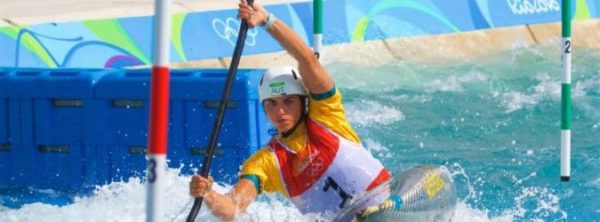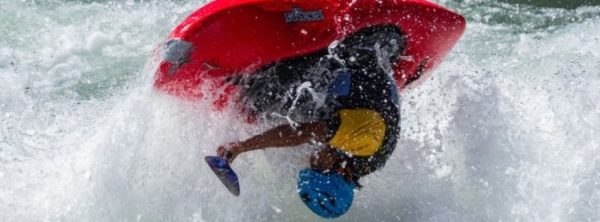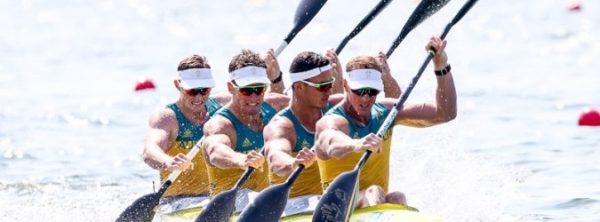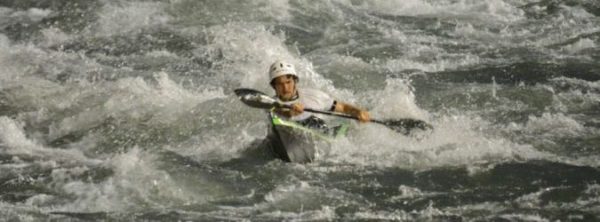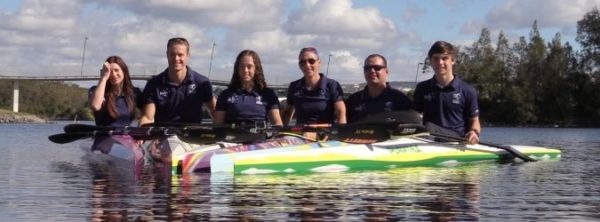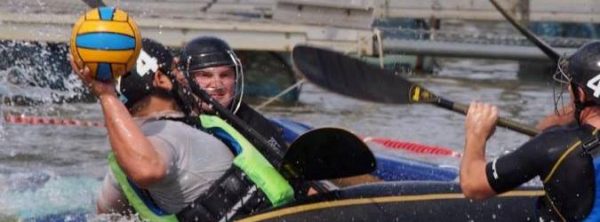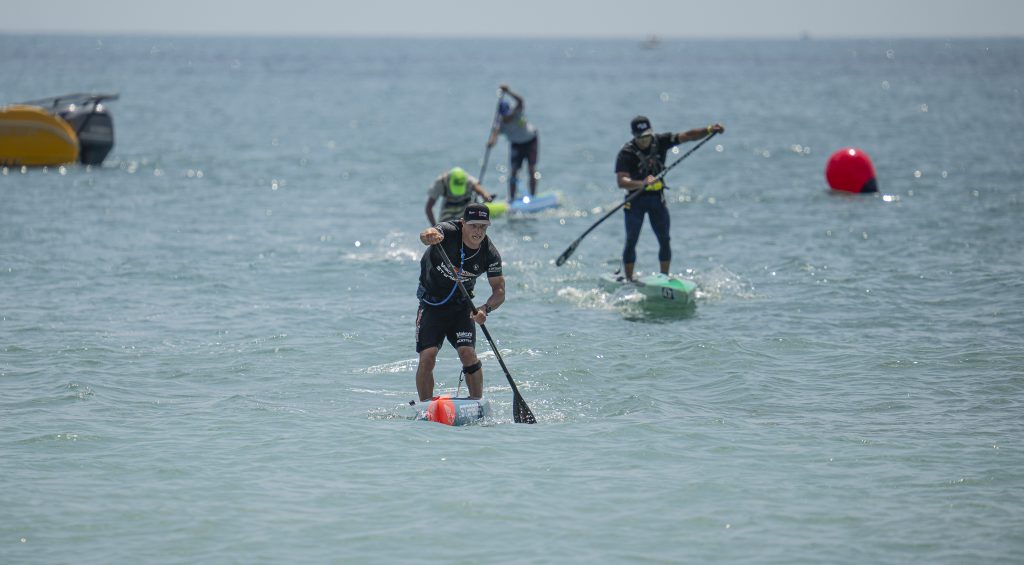To explain the various types of defence and when and where it is best to use them. An evening session of explanations of the various types of defences will save a lot of time on water the following day.
ONE ON ONE (NO BALL)
No obstruction, Full coverage ( no ball), early turning, looking behind, anticipation of the ball.
Drill- Between two markers 30m apart, attacker attempts to get to other marker before defender. Defender begins 10m away from attacker facing the attacker.
ONE ON ONE WITH THE BALL
Boat positioning, reduce hand tackles, 90 degrees to the opposition, increasing tackling intensity gradually.
Drill- As for one on one (no ball). Defender starts 15m away when attacker starts dribbling.
ONE ON TWO WITH THE BALL
Get commitment of one, Slow down the play for team mates, Outthinking the opposition, Change direction of attack on throw of the dribble, Use peripheral vision.
Drill- As for one on one. Defender attempts to stop a direct play on the goal.
SPARE PLAYER DRILLS
2v3, 3v4, 4v5.
The 4-1 defence, dynamic movement, anticipation, all players looking for the next player about to receive the ball, keep pressure on the ball.
Drill- eg. 3v4. Four players form a 10 metre square. Three players in the middle attempt to keep pressure on the team of four until an intercept or bad pass occurs.
PRESS
Boat position, avoiding screens, switching, communication, avoiding tail turns, press after restarts.
Drill- 5 v 5 or 4 v 4. Attempt to obtain possession over a time period eg. one minute.
ZONE
The switching zone, early calls, communication, commitment, keeping the offence away from your goalie, teamwork, keeping the body behind the attacker.
Goal line attack – point switch with back.
45 degree attack – point moves forward and defenders swap.
Frontal attack – turning early, use tail all the way to swap with the back, – use the nose to pass off to back defender.
Multiple attacks
No field goalies
Forward and point combinations to pressure the ball and keep the point covered.
Zone breaking to a press.
Drills
1. Begin with off water explanation with whiteboard, shoes, knives/forks etc.
2. Walking demonstration with paddles indicating the bow of your kayak. (slow motion)
3. On water demonstration and imitation of off water drills. (slow motion)
4. Game speed defence with one attacker at a time then waves of attackers then score the defenders ability to keep offence out of the zone. eg. Five plays.
5. Full 5 v 5 zone defence using the 1-3-1 zone defence and the point/chaser swapping.
TURNOVER TRANSITION
Methods of defence after ball is turned over to the opposition eg. a goal line throw. Gradual transition from press to 4-1 defence then to full zone. Importance of relative styles of individual defence in the various zones. eg. heavy pressure, goal side defence, ball side defence etc.
Press after restarts
Drill- Team takes the ball up to the oppositions zone defence and shoots at the coach near goal to give a goal line throw. Team now in defence starts with a full press until ball is at about one third away from the oppositions goal line. Last defender starts to drop back into goal with other players dropping into 4 1 defence. As the ball is promoted further up field the defence drops in to a full zone, 1-3-1.
DEFENCE
ONE ON ONE
Stay close enough to be able to kayak tackle the player before they can get a pass away after they have received the ball, but not too close that they will paddle away from you.
This distance is different for each player and must be assessed depending on the opponents speed/ fitness and your own speed/ fitness.
Concentrate equally on the player and the ball. You must know at the same time as the opponent when a pass is coming. This increases the possibility that you will anticipate and maybe produce a turnover.
All players must know where the ball is so that a quick change of possession leads to a fast break with the opposition defence slow to react.
Hand tackles against the best players ore not usually effective. Boat position should always be of paramount concern. Position yourself so that you can turn or force the opposition away from the goal.
If a hand tackle is your last resort, timing is essential. The opponent must not have the paddle in their hands and the best time to tackle is just as they receive the ball or just as they are picking it up from the water or as they are shooting. At these three phases, the opponent has least control over their balance. At any other time, the opponent will “ride out” the tackle and be out of reach for a second attempt.
Once the hand tackle is successful, move in closer to make sure they do not roll up and shoot. Be ready to re- tackle, leading to a 5 second infringement, or knock the ball, with your hand, out of their hand(s).
ZONE DEFENCE
The holding of the positions 1,2 and 3 are the key to a good zone defence. Each individual need not be in the same position. As long as all of the positions are filled, the number 1 can move to position 2 or 3 as long as 2 or 3 or even 4 covers the position that number 1 has left.
Position 2 (the point) is the most dynamic position in the triangular zone formation. They must not get in the way of players 1 and 2. They must watch for the drive down the middle and must be ready to change with player 4 if the ball moves to the other side of the playing area.
It is far better to hold your position until someone can cover you, rather than chasing the ball as soon as it is near you side of the zone. Make a call to indicate that you are going for the ball and this can be OK”d by your team mates or denied if it is not a good time to leave the point.






